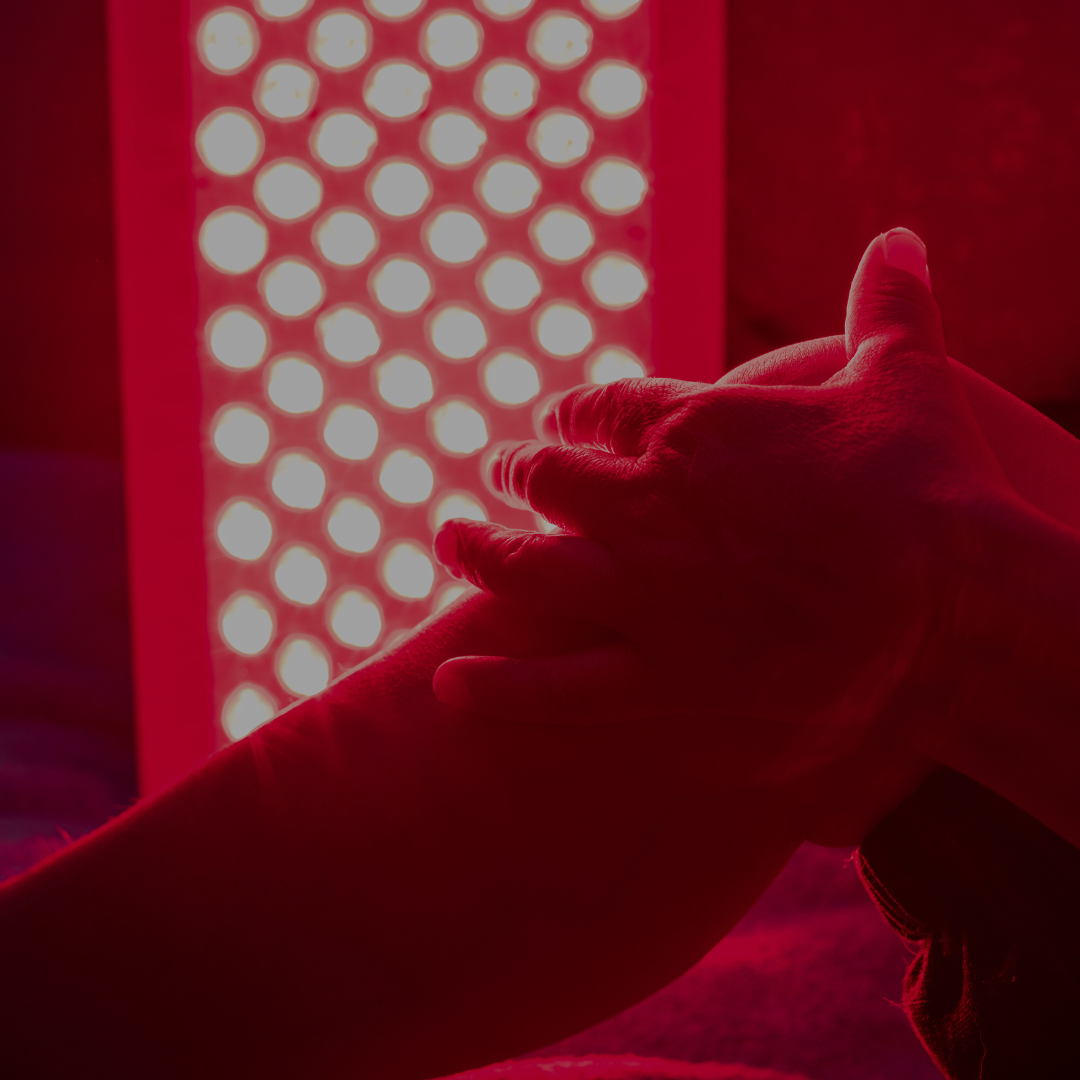Red light therapy (RLT) has become one of the most talked-about wellness trends in recent years. From celebrities using LED face masks to fitness enthusiasts standing in front of glowing panels, it seems like everyone is trying it. But does it actually work—or is it just another fad?
Let’s break down what the research says and whether at-home red light devices truly live up to the hype.
The Big Question: Is Red Light Therapy Effective?
Skepticism is understandable. After all, how can simply standing in front of a panel of red lights impact skin health, hair growth, or even pain relief? While more large-scale studies are still needed, early clinical research and anecdotal evidence point to real, measurable benefits.
Here’s what the science has uncovered so far:
Skin Rejuvenation & Anti-Aging
📌 What skeptics say: “A light can’t replace expensive skincare or cosmetic procedures.”
📖 What research shows: Studies have found red light therapy can stimulate collagen production, improving elasticity and reducing wrinkles over time. (UCLA Health)
Hair Growth
📌 What skeptics say: “There’s no way light can regrow hair.”
📖 What research shows: FDA-cleared red light helmets and combs have been shown to increase hair density and thickness in those with androgenetic alopecia (pattern hair loss). They work by energizing hair follicles and improving scalp blood flow. (UCLA Health)
Acne & Skin Healing
📌 What skeptics say: “Acne is about hormones and oil—not light.”
📖 What research shows: Red light can calm inflammation and reduce oil production, both key factors in acne. Paired with blue light, the results are even stronger, according to dermatology studies. (Wikipedia)
Pain & Inflammation Relief
📌 What skeptics say: “Pain relief from light sounds like placebo.”
📖 What research shows: Clinical trials have documented reduced joint pain, improved mobility, and lower inflammation markers in patients using RLT for conditions like arthritis and chronic pain. (Cleveland Clinic)
Cognitive Function & Recovery
📌 What skeptics say: “Light on the brain? That can’t work.”
📖 What research shows: Early studies suggest transcranial red light therapy may improve cognitive performance in people with dementia and support recovery after brain injuries. While still experimental, results have been encouraging. (The Guardian)
So, What’s the Catch?
While the evidence is promising, red light therapy isn’t a magic bullet:
-
Results often take weeks of consistent use.
-
Devices vary in power—professional-grade equipment delivers more noticeable changes than smaller at-home options.
-
It should be seen as a complement, not a replacement, for established treatments.
Popular At-Home Red Light Devices
For those curious to try RLT at home, these are among the most widely used and highly rated panels:
-
Hooga PRO300 Red & Near Infrared Panel – Compact, dual-wavelength (660nm & 850nm) device often used for skin and joint health.
View Device -
Hooga PRO750 Panel – A larger option providing half-body coverage for quicker sessions.
View Device -
BestQool Red Light Therapy – A popular full-body panel with high power output for more intensive use.
View Device
(Note: These links are for reference—always check product details and consult a professional if unsure.)
Final Thoughts
So, does red light therapy really work? While it’s not a miracle cure, the growing body of evidence suggests it offers real benefits—from skin rejuvenation to pain relief—when used consistently.
Skepticism is healthy, but as research evolves, RLT is shaping up to be more than just a wellness trend. For many, it’s becoming a practical tool for healthier skin, improved recovery, and even better overall well-being.


